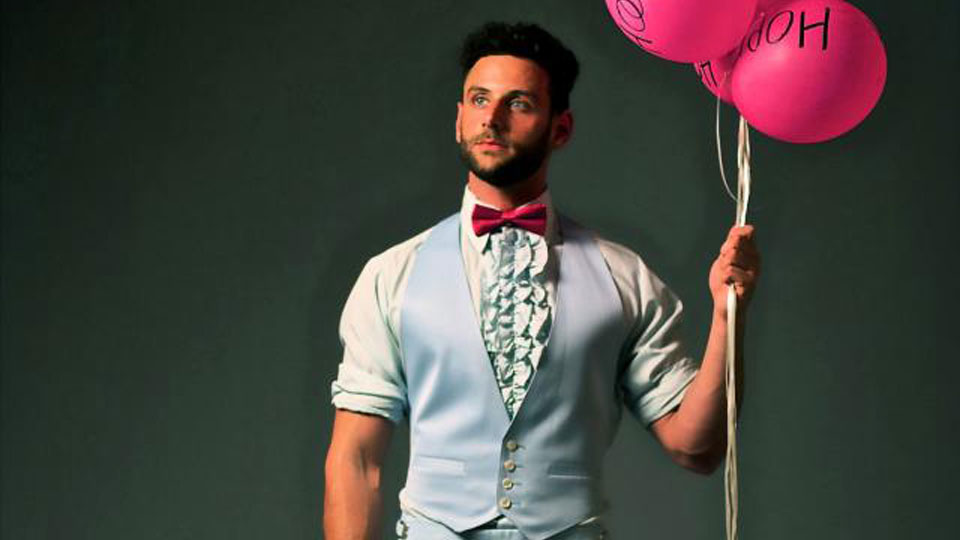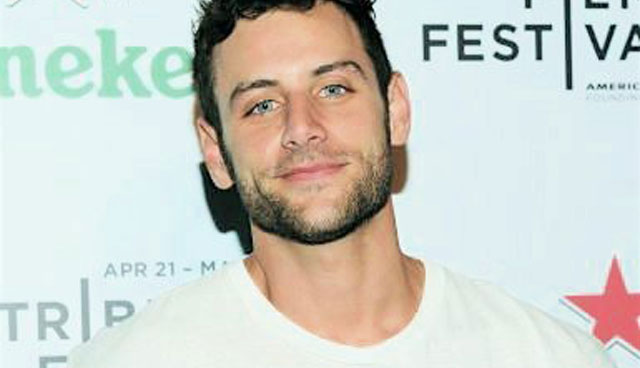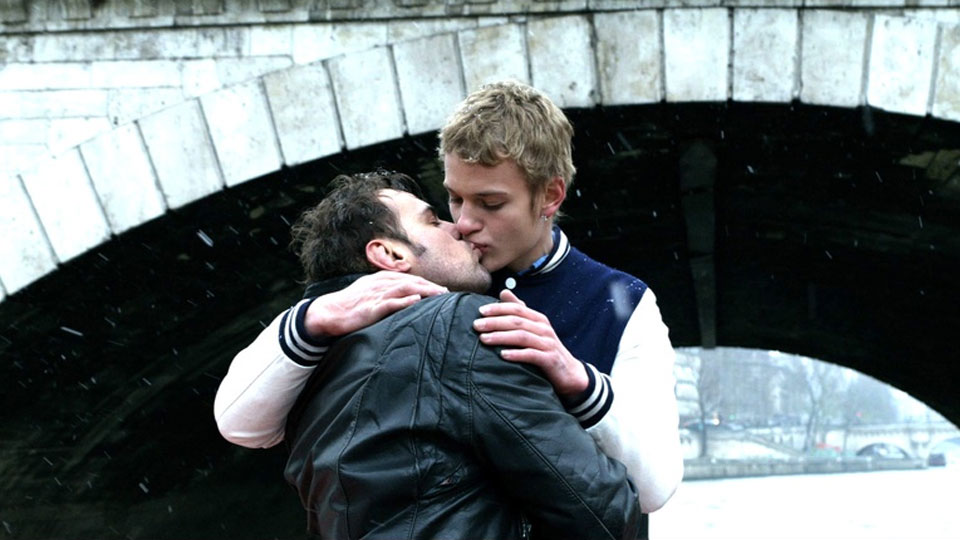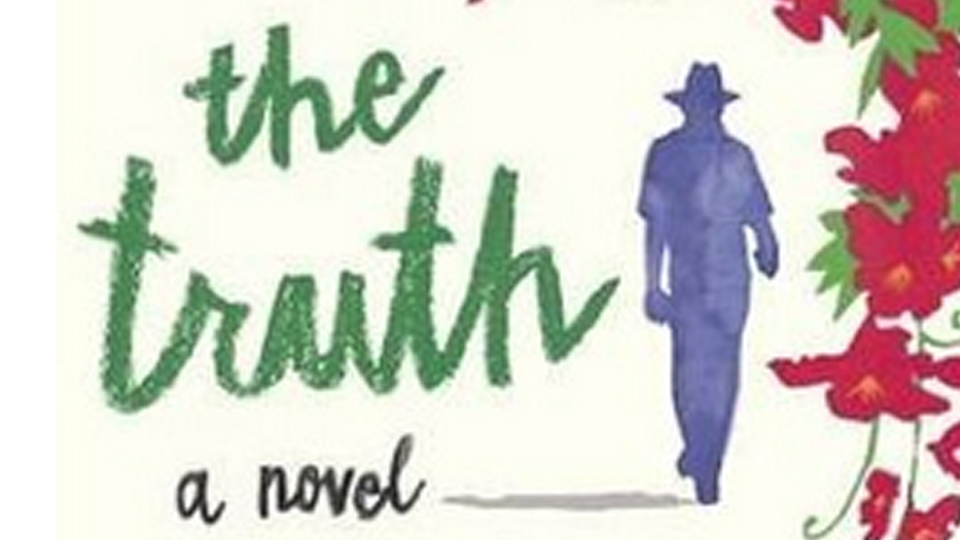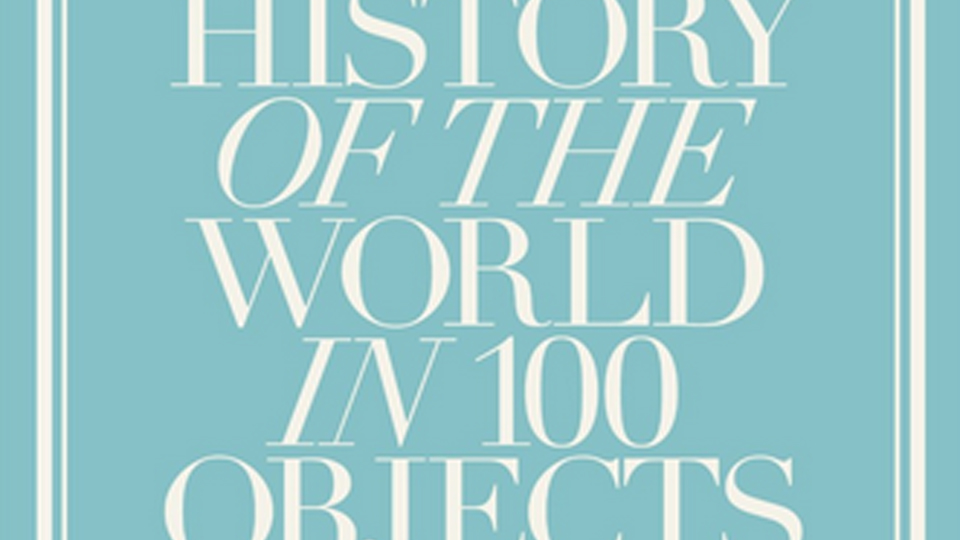J.B. Ghuman Jr is a writer/director from Miami Beach, Florida and his directorial debut Spork has just been released on DVD here in the UK.
The 31-year-old has been slowly making his mark in the movie industry starting off as an actor before moving behind-the-camera to explore directing and writing.
We caught up with J.B. to find out more about Spork, talk about the inspiration behind the movie and discover what else he has coming up. J.B. has his own unique writing style so we’ve edited the following as little as possible.
How are you today? Where does this Q&A find you?
Well I’m sitting here at 2am, just finishing up from reading the review you guys gave ma’lil world Spork…kinda made me smile. So I’d say I’m in a pretty good head space. Thank you for that, ox
‘Spork’ has just been released on DVD here in the UK. Tell us about the movie.
Well Spork is basically your every day “coming of age story of the local outcast” with some random angles…like a chic’ with a dick who scores some inner-strength via doing headspins on a Twister pad kinda angle. Jus sayin…
Where did the inspiration for the movie come from?
Well like most writers I simply pull from what I know. My life. And though I am not inner sexed, I did, like most of us, grow up a bit out of sorts with myself. I was a closeted, breakdancing, gold tooth wearing street kid in Miami, Fl. who’d go home and blast some enigma while jerkin’ off to K-Mart underwear ads. I’d say fitting in was easy and impossible all at the same time for me. So when I wrote the short Wheeler, a story about a girl in a wheel chair who books it down the hallways in anger, etc, I thought I’d re-envision the central character and try to come up with a protagonist that is uber left of centre while entirely relatable to us all. Spork…not’a spoon…not’a fork. So from there I simply went down memory lane and had fun with my realities mixed in with some booty poppin’ kids along side witty, bitchy white girls. In the end…you got me shoving twizzlers down my throat in a giant movie theatre hoping people get my art.
Your young cast do a fantastic job in the movie. Tell us about the casting process for the movie.
Jeremy Gordon was my casting director. He did a wonderful job, fer’sure! Each kid you see on screen pretty much came in and brought their A game. I mean a lot of kids did, really. But just for the sake of the role and the energy being matched up…I kinda new on the spot when they walked in. Though Tootsie Roll, played by Syd Park, threw me at first. I honestly said “no” cause she looked like friggin “Chilli” from TLC and I specifically said I wanted a ghetto, black girl from the streets. She came back and braided all her hair and basically pulled the character out of my script word for word…an..well..obviously it worked. She did amazing.
Tootsie Roll is our favourite character in the movie. Give us some background on how that character came to be and where you found the inspiration for her hilarious dialogue.
Aw, well first off, thank you! She was based on my first kiss, actually. Like I said, I grew up in Miami and in a bit of a humbled neighbourhood…with that said, I was one of the only white kids an so…ya know. Though it’d be funny as hell if she could see me now…I mean…I’m gayer than Christmas for pete’s sake, lol! But yea…she was this kind of loud mouth girl who was always charged, etc. She’d make me laugh so much…that I was able to shove aside my love of cock and simply be her boyfriend. And though I didn’t end up coming out to myself till I was already 20, she left a lasting impression. The dialogue is kinda from all over. I love…love love…the strength in African American women. Or, if I can suspend PC talk, black girls! They have such a sense of power about them and it still, to this day, just inspires me at how funny and silly they can be with lives that most other women would be miserable in. Speaking of course of the street side of things. I’m well aware that the colour of your skin makes no difference with how you react to life’s ups and downs, so I get it. But it’s more of a cultural thing really. From tight knit families to funny jokes in the middle of dark times…they seem to just always…glow with self confidence. All in all…if and when I come back to this planet..I’d like to be a dark, beautiful black women. (insert snap over my head with a smack of my lips) shoooot! (insert Oprah sitting across of me, looking horrified at my impression) omg…calm down, Oprah…you know what I mean!!
What’s your favourite memory from shooting the movie?
Hands down the kissing scene with Charlie and Spork. I had grown up being a HUMOUNGUS fan of The Never Ending Story and at the very end, when the child like empress has only one wish left of her beloved world…she sits across from Sebastian and hands him this tiny, little..spec of glitter. They both sit in utter darkness and it has always been burned into my mind as sucha powerful moment. So, I wanted to pay homage to the film maker and bring that same energy, only my twist, into Spork. Cut to me literally on the fucking floor with my feet on the dolly, both hands on both actors backs to push lean them towards each other as I have a walkie-talkie up my ass so I can quietly whisper to my outside lighting rigs to dim and come up with lights at the same time, each movement, from the kids to the pull in to the lighting change…in sync. I felt like the gay Shiva of directors! Though if you want something this precise and your working with an indie film…it clearly takes each limb and I was more than willing. Especially as I was so excited when we landed the shot…after 5 sweaty takes of course!
Were you nervous about ‘Spork’ as this is your feature film debut?
Ah, dude…Was I ever! I moved to NYC after HS to be an installation artist….but money kept coming my way via acting gigs and all the while all I wanted to do was create my own worlds vs. be placed into them. So after making countless of installation art videos, pushing my handmade music videos and such, I was almost distraught when I found out I had a shot at showing the world my take on things, especially visually and on the scale of a feature film.
To be honest, I was uber insecure at first and a bit nervous to really shine on set with all these veterans of a crew around me, most older than myself as well as producers who’ve worked with previous more seasoned directors…though as the days went by and I saw that if I didn’t grow some balls…pun intended…I was going to piss away my first and maybe only shot at seeing just what my gut could create. So I remember having this one on one moment with my reflection in the bathroom on a day where my takes kept taking too long and people kept treating me like I was this wacko-artist who didn’t know anything. Told myself in the mirror that if this fails and looks like shit…it’s your bad, bud. So either call it or make it shine!” (what..I’m an artist..I like to be dramatic…so what!) I walked out and with a giant smile said “k…break it all down..I wanna move everything to the far left wall and make this a bit more fun looking…) picked up the equipment and started to jus…I dunno…go for it. What’s even rad’er…3 days later…my DP came up to me, who’s now one of my close buds, and said the crew is uber excited with what there doing…we’re with you, man…so just keep it up! I got teary eyed the next talk I had with myself…very, very cool! Note to self…never be insecure with your heart…or your art!
It’s refreshing to see a coming-of-age movie that feels truly original. Are you happy with the reception the movie has received?
Sigh…I dunno if “happy” is really the right word for me…to be honest…I’d say the word for me..is humbled! I know it’s a bit deep and a lil’debby-downer style, but during Spork, my father had transformed into star dust. What’s worse is he made the choice to do so…so….obviously it rocked my family off it’s feet and of course will always change us…but before that I had also come out to my birth father who reacted uber cruel and though he wasn’t a big part of my life, it did something weird to my ego…blah blah blah….me me me…so sad, I know….so long story short…Spork comes and here I am now flinging my hands in the air, making shit happen on set and just doing what my heart tells me as I have all these terrible self-pity breakdowns an shit through-out my days…and then all of a sudden I’m in the middle of Brazil of all places screening my film. At the end, they let a line form for hand shakes and questions…unlike in the States, they allow films to screen for free, which is amazing, so there was an plethora of people there. At the end, this homeless man is left and he keeps trying to get to me to ask his question, they start to force him out and I just asked why, and to please let him simply approach and say what he wants…once he did, he kept moving his hands in the air, trying to explain something and kept pointing at his chest. He got a bit teary eyed and then hugged me. I didn’t know what to make of it so as he held on to me, I asked my translator what the fuck this cat was saying to me and if I should punch him in the stomach and push him off of me?
He said what he is saying is that “my film is like medicine, medicine for the heart.” My eyes instantly swelled up with tears and I grabbed him back and we both had our lil”moment” From there on I saw first-hand just what it means to push past the shadow and create from a place that shines in each of us. I saw first hand that even a shade like myself can somehow inspire someone to this level with a simple dark comedy of misfits on an indie-level scale. I knew right then I was not only going to be okay but that we all were. And I’d spend the rest of my life jumping more hurdles if it means I’d be able to give back what power the universe is giving me. Spork in the end wasn’t and isn’t just a movie to me and my creative life but a giant, neon bolt of lighting. And I intend to seek out even more of these jolts and share them with anyone who will listen each time.
As well as writing and directing you act too. If you could only choose one of those three jobs which would you pick and why?
Oh my…well I’ve hung up my acting shoes for some years now. Ya know I used to love acting but it was mostly because I really wanted to be told how pretty I was and talented. Making people laugh was so beyond important to me and as I started the journey to really become a more self-assured and evolved man, I started more and more to no longer have the itch or even the like to be on set unless it was to create a world of my own that would carry with it things that I’d hope do some good here and there. I know there are actors out there who aren’t just insecure humans starved for attention…I mean…let’s face it a lot of them are and any actor who says otherwise is lying. But out of respect to those that are not, of which there are also many, I have no place among them. It’s my belief that art should come from a place of confidence and truth. And as I constantly hide from crowds and sit on the ocean side figuring out what the hell I’m gonna do to get these days dreams off the ground and out to the masses, acting just doesn’t seem to be a part of that. So yea…the short of it…directing….(and writing…though I am obsessed with music videos so I guess I’ll just say directing….holy shit I ramble a lot!)
What else do you have coming up in 2012?
Well…after Spork I wrote a film titled Rhino! It’s another dark comedy that has a giant back bone of a message running through it only this time a different world and style. I don’t want to say too much as ideas these days are as common as the Nike swoosh and equally as replicated but what I will say is this. If your into humans who like to fling there hair in dirty mop water while jamming vintage prince music and wearing way to much make-up…then give me about 1-3million bucks and I’ll show you the ride of your life! Other than that, just finished the soundtrack to Sporkthat’s about to be released, as well as directed a music video for Lady Tigra who did all my original music so more will be to come. I’m putting together a cartoon, graphic novel, feature doc on some weird dudes who paint their faces and help the poor, a docu-series on the 90’s group SWV (Sistas With Voices), watching porn, working out, surfing, breakdancing on ma’roof, throwing glitter into the ocean, ya know….crazy gay artist shit. You can always keep up with me via JBGhumanJr.com cheesy, I know but whatevez…I’m a freak out there in the creative world…gotta push my own path with all these suits who only see dollar signs, kidz. All I ask is for you to do the same. Shizzam! Ox jb jr.
‘Spork’ is available now on DVD through TLA Releasing.


